1. Lead Paint

Lead paint was once a staple in homes, especially in the early 20th century. It was cheap, durable, and easy to apply, making it the go-to choice for both interior and exterior walls. However, over time, it became clear that lead exposure can cause severe health problems, particularly in children. Lead poisoning can lead to developmental delays, behavioral issues, and learning disabilities. By the 1970s, it was banned in residential buildings, but older homes and buildings still contain lead paint. Today, no reputable manufacturer would dare sell lead-based paint due to its harmful effects. The awareness around its dangers has made it a red flag for anyone looking to renovate or buy an older property.
Although it once seemed like a good idea, lead paint is now considered a hazardous material. People still need to take precautions when dealing with old paint, especially in homes built before the 1978 ban. The shift away from lead-based products marks one of the more important health movements in history, ensuring a safer living environment for all.
2. Mercury Thermometers
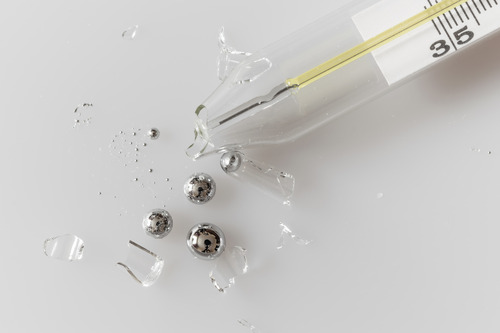
Mercury thermometers were once a common household item, trusted for their accuracy. They work by using mercury, a metal that expands and contracts with temperature changes, making it a reliable indicator of heat levels. However, mercury is highly toxic, and even a small spill can cause significant environmental and health issues. As awareness of mercury’s toxicity grew, it became clear that these thermometers posed a danger. In the 2000s, many countries, including the U.S., began to phase out mercury thermometers in favor of safer alternatives like digital thermometers. While they were once the standard, the potential hazards of mercury have made them an item we can no longer afford to sell or use.
Today, most medical professionals and retailers offer non-mercury alternatives. These newer thermometers are both safer and more accurate, eliminating the risks posed by mercury. As a result, mercury thermometers have been all but eradicated from the market, paving the way for safer options that protect both people and the environment.
3. Radium Paint

Radium was once used in paint, particularly for glowing clock dials and watch hands. The radioactive substance was popular in the early 1900s due to its ability to glow in the dark. At the time, its radioactive properties were not fully understood, and many people were unaware of the dangers it posed. Radium paint was used widely in the military and civilian industries, making it a common sight in everyday life. Sadly, exposure to radium has been linked to serious health issues, including cancer and radiation poisoning. The tragic stories of the “Radium Girls,” workers who were exposed to radium and suffered irreversible health consequences, played a key role in raising awareness about the dangers of radium-based products. By the 1960s, radium paint was banned in most products.
With the benefit of hindsight, we can clearly see the risks involved in using radium. While it was once widely used for its glowing effect, today, it’s seen as an example of the dangers of unchecked industrial practices that put workers and consumers at risk. This shift away from radium-based products highlights the importance of strict safety regulations.
4. Asbestos Insulation
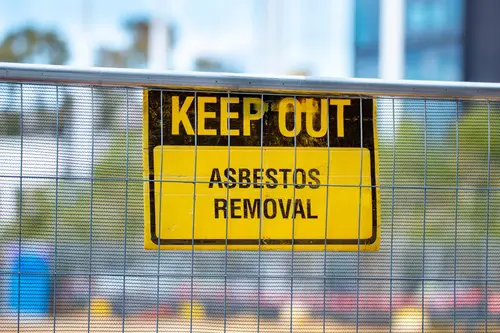
Asbestos was once hailed as a miracle material for insulation, roofing, and even clothing. It was heat-resistant, durable, and inexpensive, making it an ideal choice for building materials in the 20th century. However, it wasn’t long before the serious health risks of asbestos were recognized. Prolonged exposure to asbestos fibers can lead to lung cancer, mesothelioma, and other respiratory diseases. The dangerous consequences of asbestos exposure became clear in the 1970s, and it was eventually banned in most countries. Today, no reputable company would dare sell or install asbestos-based products due to the known health risks.
Asbestos-containing materials still exist in older buildings, so people need to take extra precautions during renovations. If found, it’s crucial to hire professionals who can safely remove the asbestos to prevent exposure. What once seemed like a wonder material is now a serious health hazard, and the shift away from its use serves as a reminder of the importance of health and safety regulations in construction and manufacturing.
5. Pagers
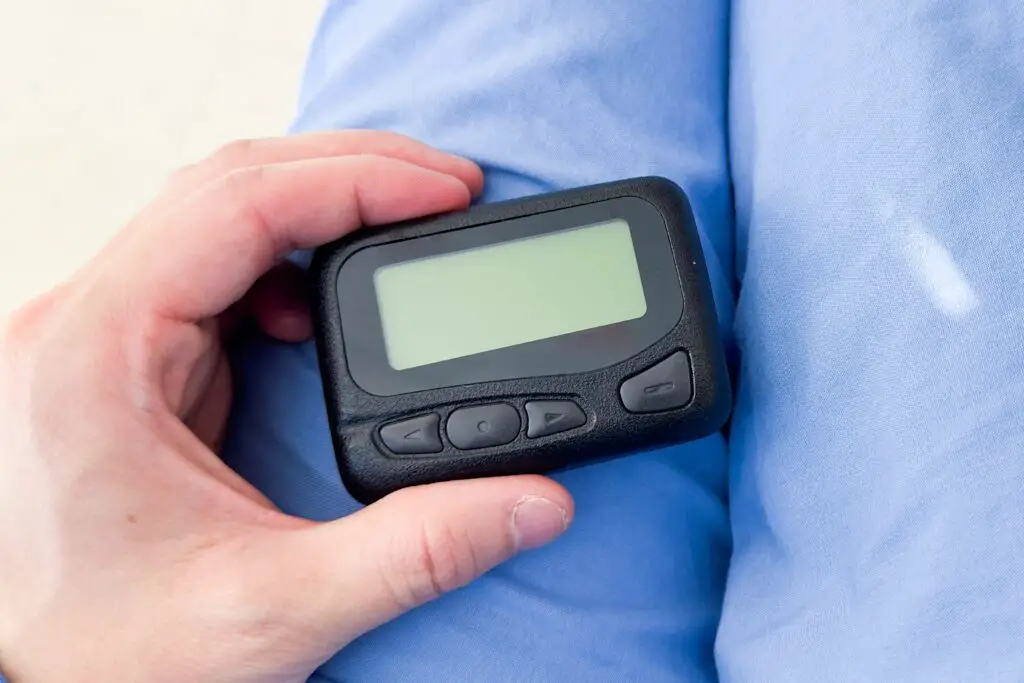
Pagers were the height of convenience in the 1980s and 1990s. These small devices allowed people to receive messages when they were away from home, making them an essential tool for professionals and those on the go. While they had their heyday, pagers were eventually overshadowed by the rise of cell phones. Pagers had limited functionality, often only allowing for short text messages or numeric codes. As mobile phones became more affordable and accessible, pagers became obsolete. Today, they are largely considered outdated, and few people would even think of using one. While pagers are still used in some specialized fields, they are not something you would find readily for sale.
The pager market dwindled as the digital age progressed. With the convenience of smartphones, the need for pagers simply evaporated, making them a relic of the past. Though a part of the communication history, pagers are now mostly seen as a nostalgic reminder of an earlier, less connected era.
6. Gasoline-Powered Lawn Mowers

Gasoline-powered lawn mowers were once a staple of suburban life, ideal for cutting grass with speed and efficiency. But as the environmental impact of gasoline use became more apparent, these mowers fell out of favor. Gas mowers produce emissions that contribute to air pollution and environmental degradation. In many places, efforts to reduce carbon footprints have led to a shift toward electric and battery-powered mowers. These newer models are quieter, more energy-efficient, and better for the environment. Although gasoline mowers are still sold, they’re increasingly being replaced by greener alternatives. Many cities and towns are even considering regulations to limit the sale and use of gas-powered lawn mowers.
The movement toward environmentally conscious choices has shifted lawn care practices, making gas-powered mowers less popular. Their negative impact on both air quality and noise pollution is driving the change toward more sustainable options that are better for the planet and quieter for everyone.
7. Jarts (Lawn Darts)

Lawn darts, or Jarts, were once a popular outdoor game. These sharp-pointed metal darts were thrown into the air, with players trying to land them inside a ring. However, it didn’t take long for the game to be deemed dangerous, especially for children. The heavy metal tips were a serious safety hazard, and injuries from lawn darts, including impaled feet and eyes, were common. In 1988, the U.S. Consumer Product Safety Commission banned the sale of lawn darts due to the risks they posed. Today, manufacturers have created safer alternatives, such as plastic or rubber-tipped versions, but the original metal Jarts are no longer sold.
While lawn darts were once a popular summer activity, their dangerous nature led to their ban. The game’s reputation as a hazard was so severe that it resulted in a total discontinuation of the original version, making it one of the many childhood games to be regulated for safety reasons.
8. Carbon Tetrachloride
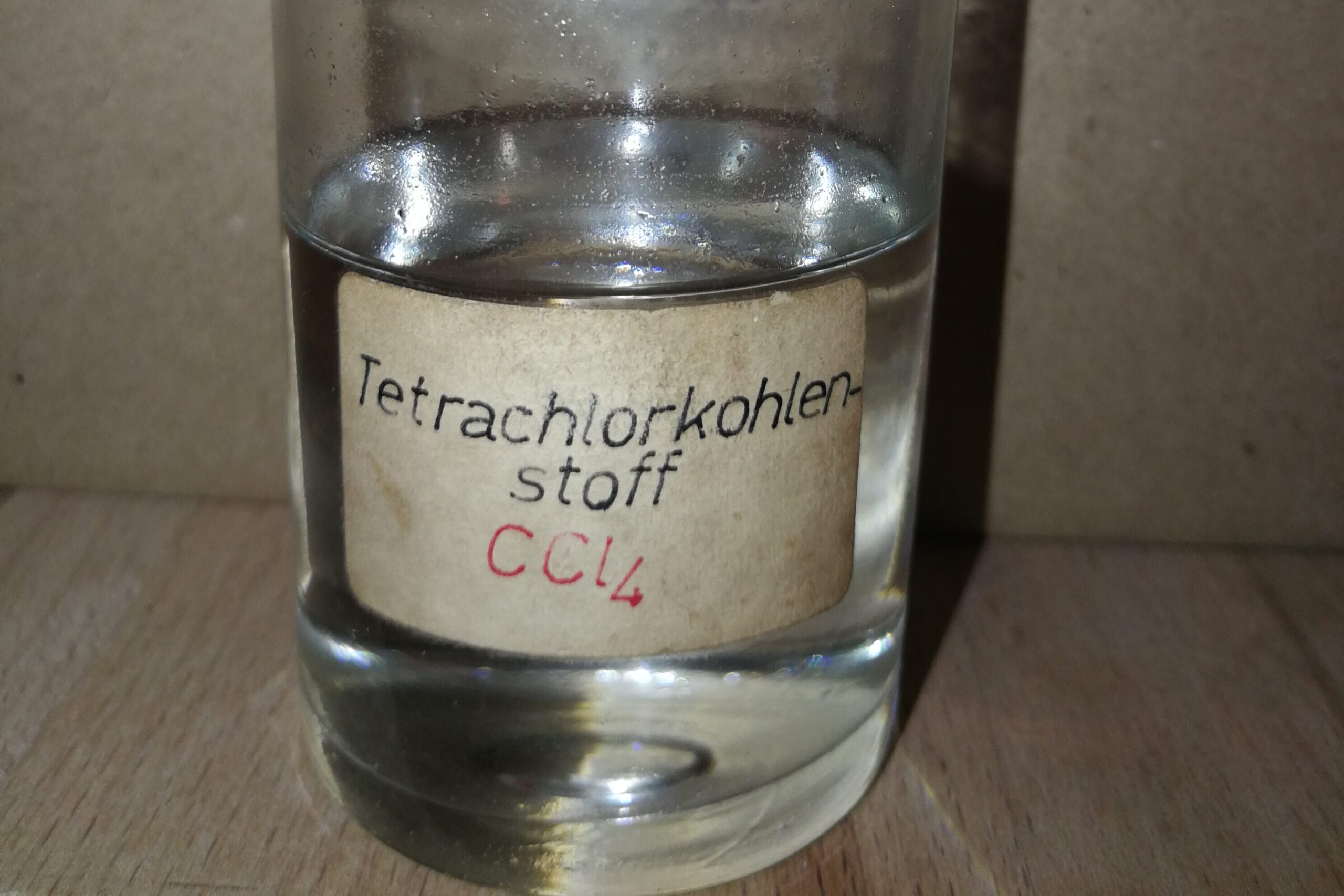
Carbon tetrachloride was once a key ingredient in many cleaning products, especially those designed to remove grease and stains. It was effective in its ability to break down tough substances, but it quickly became clear that it was harmful to both humans and the environment. Prolonged exposure to carbon tetrachloride can cause liver damage, kidney failure, and even cancer. In the 1970s, its toxic properties led to a significant decline in its use. By the 1980s, it was banned in many countries for consumer use. Today, it’s no longer found in cleaning products, and companies have shifted to safer, less toxic alternatives.
What was once a go-to chemical for cleaning is now a substance strictly regulated due to its harmful effects. The shift away from carbon tetrachloride marked a turning point in the development of safer household products, as awareness of the long-term consequences of chemical exposure grew.
9. Tetraethyl Lead in Gasoline
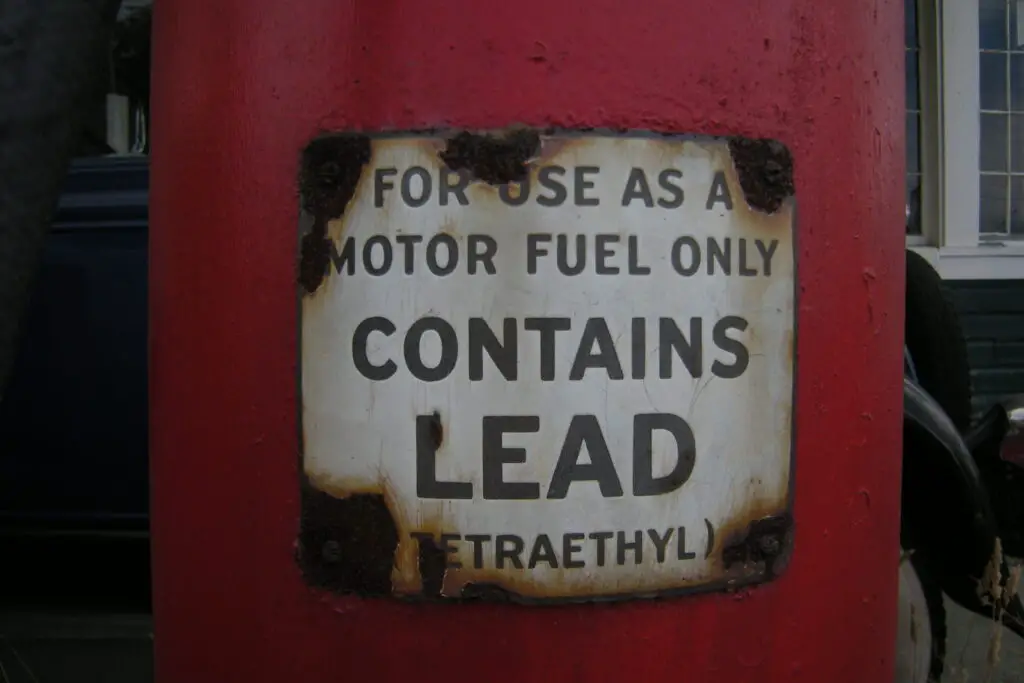
Before the 1970s, tetraethyl lead was commonly added to gasoline to boost engine performance. It was particularly favored in high-performance vehicles and aircraft, where it helped prevent knocking. However, the dangers of lead exposure soon became undeniable. Lead poisoning can cause neurological damage, especially in children. As concerns over the environmental and health impacts of lead grew, the U.S. phased out leaded gasoline in the mid-1970s. Today, unleaded gasoline is the standard, and leaded fuel is no longer sold. The decision to remove lead from gasoline was a major step toward improving air quality and public health.
The phase-out of leaded gasoline was a significant victory for environmental health. It helped reduce the amount of toxic lead in the atmosphere and paved the way for cleaner air standards, making it a critical step forward in safeguarding the planet.
10. Soda in Glass Bottles (with Mercury)

In the mid-20th century, soda was often sold in glass bottles that were sealed with caps containing a tiny amount of mercury. While the amount of mercury was small, it posed a risk to both people and the environment. In the 1970s, concerns about mercury contamination led to the discontinuation of these types of soda bottles. Today, glass soda bottles are still sold, but they no longer contain mercury. The shift away from mercury in bottle caps was part of a broader movement to reduce the use of toxic substances in everyday products.
Though glass bottles are still used for many beverages, the mercury-based seals are long gone. The move to safer materials was part of a larger shift toward reducing chemical exposure in consumer goods, ensuring safer products for everyone.
11. Crystal Radio Sets
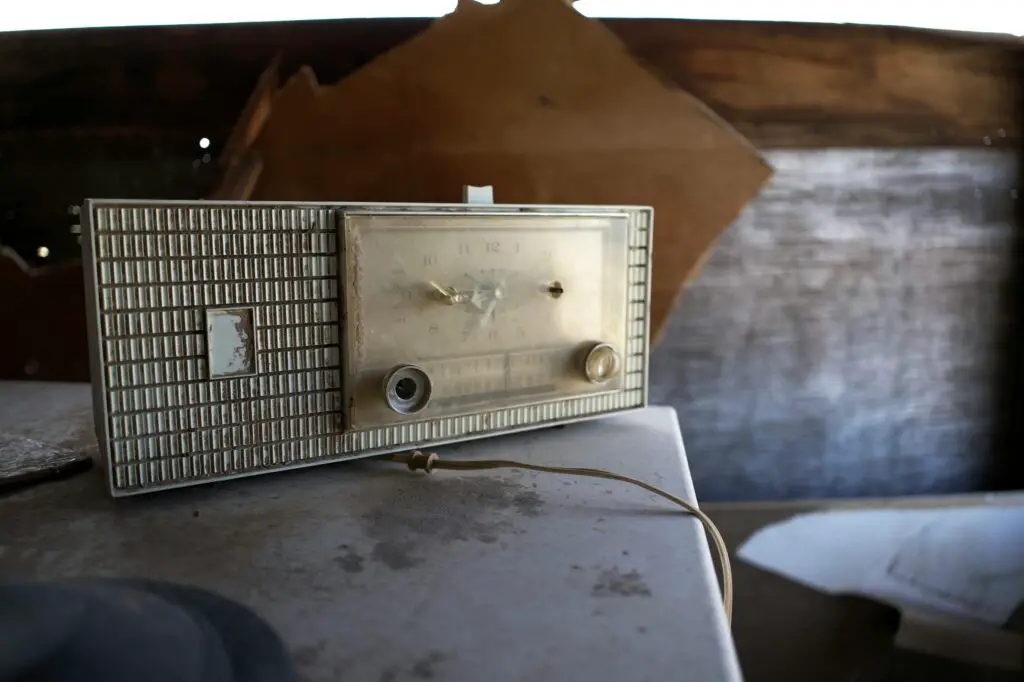
Crystal radios were a popular item in the early to mid-20th century. They were simple devices that allowed people to listen to AM radio broadcasts without the need for an external power source. The radios worked by harnessing the radio signal itself to power the device. While they were an innovative and low-cost option, crystal radios lacked the power and clarity of modern radios. By the 1960s, they were largely replaced by more sophisticated transistor radios, which offered better sound quality and were portable. Today, crystal radios are mostly a novelty item and are rarely used for practical listening.
Although crystal radios sparked a revolution in radio technology, they were quickly overshadowed by more advanced innovations. The shift to battery-powered radios marked a new era in personal entertainment, offering users better sound and mobility.
12. Paper Dolls

Paper dolls were once a cherished childhood pastime. They came in a variety of themes, from fashion and celebrities to historical figures and movie stars. With their simple paper cut-out designs, they offered hours of imaginative play. However, paper dolls became less popular as toys evolved to include more interactive and modern options, like action figures and video games. Today, although some collectors still seek out vintage paper dolls, the market has largely disappeared. There’s a certain nostalgic charm to them, but they’re no longer seen as a primary form of entertainment.
Paper dolls are a thing of the past for most children, as the digital age has ushered in a new era of entertainment. Despite this, they remain a part of our cultural history, evoking memories of simpler times spent playing with paper and imagination.
13. Baby Walker Toys

Baby walkers were once a common tool used to help babies learn how to walk. These devices allowed babies to sit inside a small seat with wheels, and they could scoot around as they developed strength in their legs. However, they quickly gained a bad reputation due to the number of accidents involving babies falling down stairs or running into obstacles. In 1997, the Canadian government banned the sale of baby walkers, and the U.S. soon followed with regulations that made them less common. Today, baby walkers are largely discouraged by pediatricians, and safer alternatives, such as stationary activity centers, are promoted.
While once considered helpful, baby walkers have fallen out of favor due to safety concerns. The shift away from these devices highlights the evolution of parenting tools toward safety-first innovations that prioritize the well-being of children.
14. DDT (Dichlorodiphenyltrichloroethane)
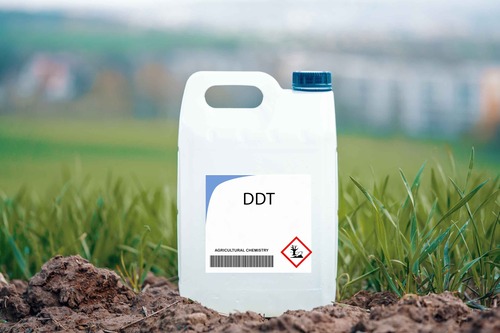
DDT was once a widely used pesticide, especially in the post-World War II era. It was hailed as a miracle chemical for its ability to kill mosquitoes, lice, and other pests. However, DDT was eventually banned due to its harmful effects on the environment and wildlife. The pesticide is persistent in nature and can remain in the environment for many years, causing damage to ecosystems. It also has been linked to health problems in humans, including cancer. By the 1970s, most countries had banned or severely restricted its use, and today, it is no longer available for sale.
The ban on DDT was a key moment in the fight for environmental protection. It highlighted the importance of considering the long-term effects of chemicals on both the environment and human health, marking a significant turning point in pest control practices.
15. CFCs (Chlorofluorocarbons) in Aerosols
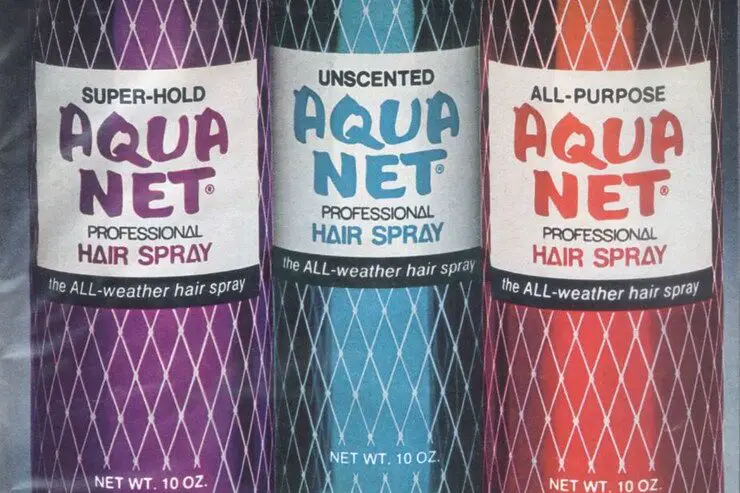
CFCs were once a common ingredient in aerosol products, such as hairsprays, deodorants, and cleaning products. These chemicals were effective in delivering the product in a fine mist, but they were later found to be damaging to the ozone layer. The depletion of the ozone layer, which helps protect the Earth from harmful ultraviolet rays, led to the eventual banning of CFCs in the 1990s. Today, aerosol products are made with safer, ozone-friendly propellants. The phase-out of CFCs is one of the most significant environmental efforts of the 20th century.
CFCs are no longer used in household products due to their environmental impact. Their phase-out was a major milestone in the fight to protect the ozone layer and reduce harmful effects on the planet, helping ensure a healthier future for generations to come.
16. Gas-Powered Scooters

Gas-powered scooters were once a popular mode of transportation, particularly in urban areas. These scooters were easy to operate and offered an affordable way to get around quickly. However, the environmental impact of their gasoline engines made them less desirable in the long run. With growing concerns over air pollution and carbon emissions, electric scooters have become the preferred option. Today, many cities have banned or restricted gas-powered scooters in favor of cleaner, more sustainable alternatives.
Gas-powered scooters have largely fallen out of favor as environmental consciousness continues to grow. Their replacement by electric scooters marks a move toward more sustainable transportation options that are better for the planet and reduce harmful emissions.
17. Disposable Diapers (pre-environmental awareness)

In the past, disposable diapers were marketed as an incredibly convenient product for parents, making life easier by eliminating the need to wash cloth diapers. However, as the environmental impact of disposable diapers became more apparent, they began to fall out of favor. These diapers are made from non-biodegradable materials, meaning they sit in landfills for decades. Today, parents are increasingly opting for cloth diapers or more eco-friendly disposable options. The environmental cost of mass-producing disposable diapers has led to a cultural shift in how we think about waste and sustainability.
The rise of eco-conscious alternatives has made the widespread use of disposable diapers unsustainable. This shift toward greener options reflects the growing awareness of our environmental footprint, making it clear that more sustainable practices are necessary for the future.
